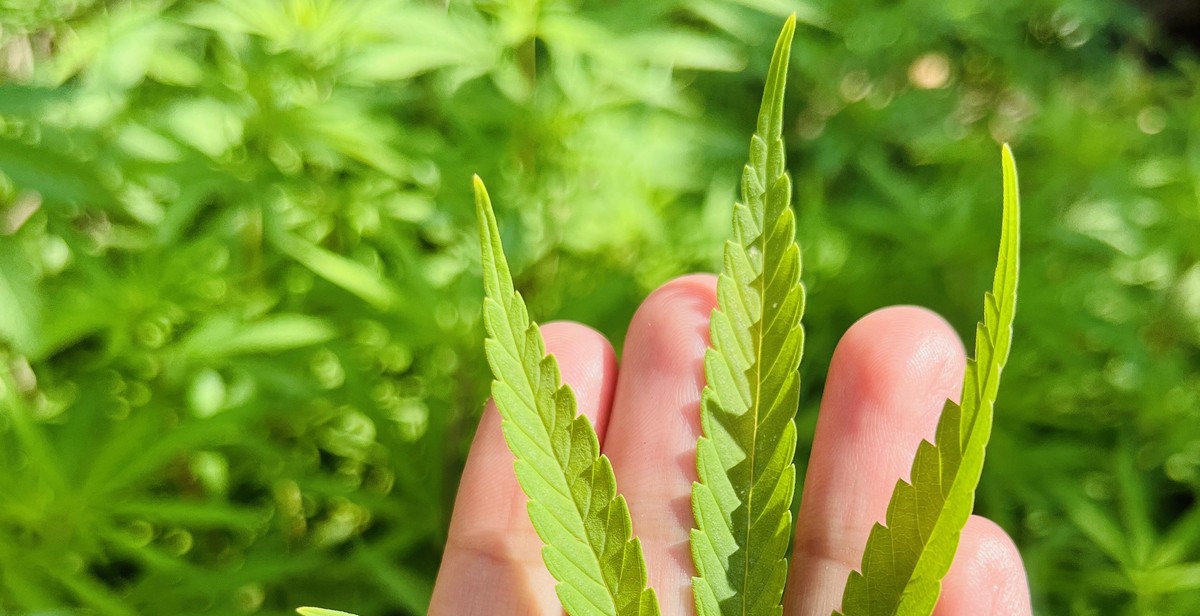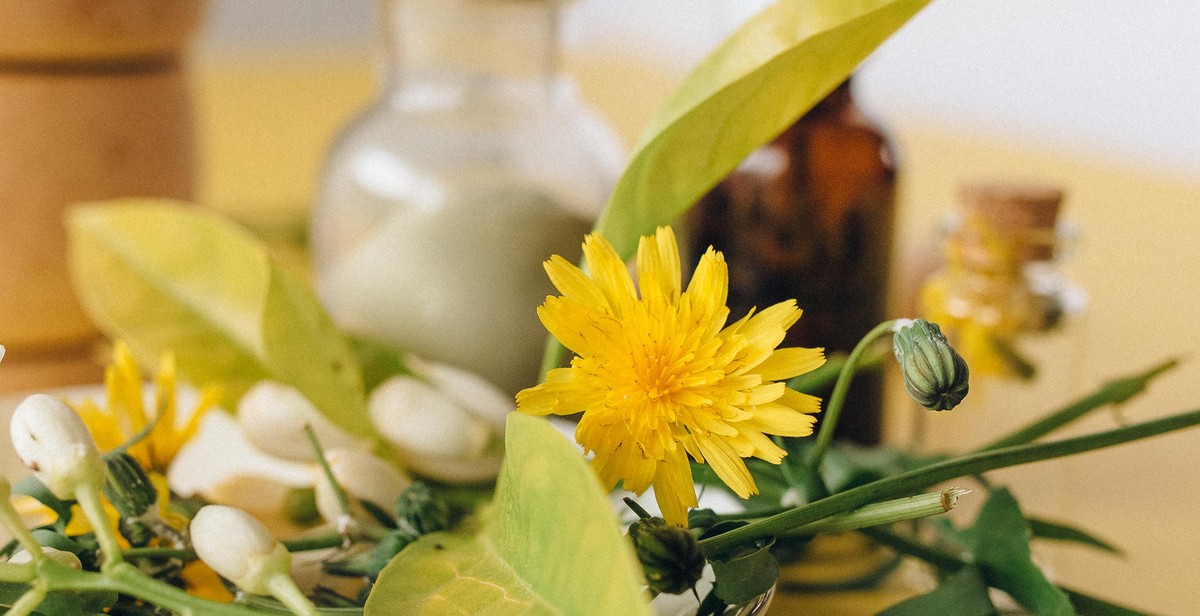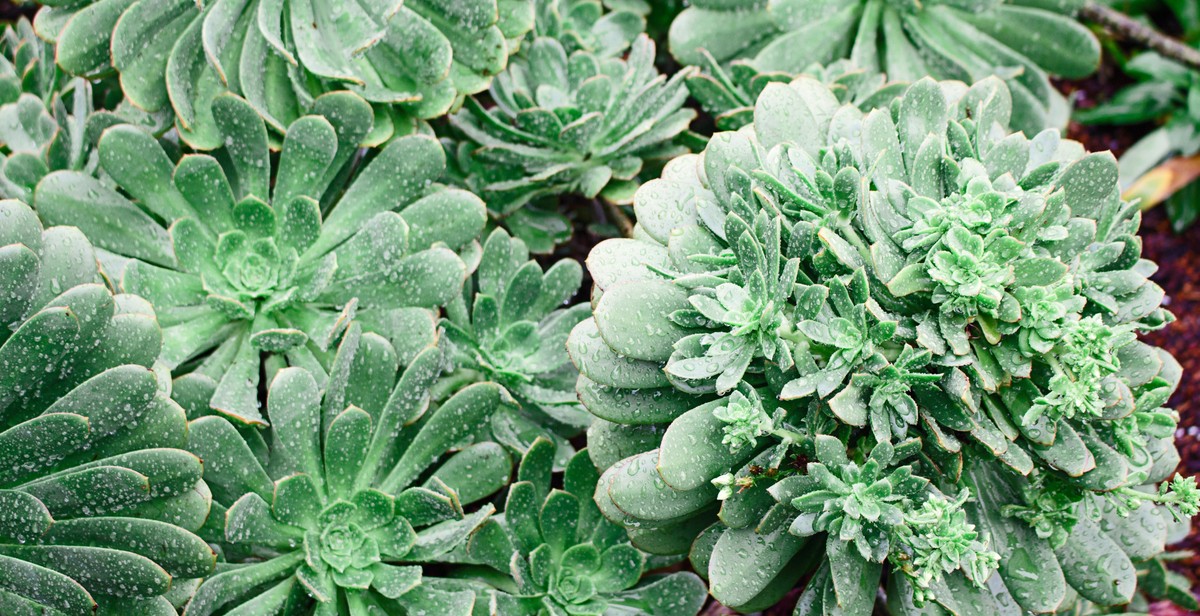How to Identify Common Medicinal Plants: Using Nature’s Remedies Safely
Medicinal plants have been used for centuries to treat a wide range of ailments, and their use continues to be an important part of traditional medicine. With the rise of natural and alternative health remedies, interest in identifying and using medicinal plants has grown in recent years. However, it is important to remember that not all plants are safe for human consumption, and some can even be toxic or deadly. Therefore, it is crucial to know how to identify common medicinal plants and use them safely.
The Benefits of Using Medicinal Plants
Medicinal plants offer a variety of benefits, including:
- Reducing inflammation and pain
- Boosting the immune system
- Relieving stress and anxiety
- Improving digestion
- Lowering blood pressure and cholesterol
Identifying Common Medicinal Plants
There are many common medicinal plants that can be found in the wild or grown in your own backyard. Some of the most popular include:
- Echinacea
- Ginger
- Garlic
- Chamomile
- Lavender
It is important to learn how to identify these plants, as well as how to properly harvest and prepare them for use.
Using Medicinal Plants Safely
While medicinal plants can offer many benefits, it is important to use them safely. Some plants can be toxic if consumed in large quantities or if prepared incorrectly. It is also important to be aware of any potential interactions with medications or existing health conditions. Consulting with a healthcare professional or experienced herbalist can help ensure that you are using medicinal plants safely and effectively.

Why Identify Medicinal Plants?
Identifying medicinal plants can be a valuable skill to have in many situations. Whether you are looking to treat a minor ailment or a serious medical condition, knowing which plants can provide relief can be a lifesaver.
Cost-Effective Alternative
One of the main reasons to identify medicinal plants is that they can be a cost-effective alternative to traditional medication. Many plants have been used for centuries to treat a variety of conditions, and they are often much cheaper than prescription drugs. This can be especially helpful for those who do not have access to healthcare or cannot afford expensive medications.
Self-Sufficiency
Identifying medicinal plants can also help you become more self-sufficient. If you live in a remote area or are preparing for a disaster situation, knowing which plants can provide medical relief can be crucial. Instead of relying on modern medicine, you can turn to nature for help.
Avoiding Harmful Side Effects
Another benefit of using medicinal plants is that they often have fewer side effects than traditional medication. Prescription drugs can come with a long list of potential side effects, some of which can be serious. By using natural remedies, you can avoid these risks.
Environmental Impact
Finally, identifying medicinal plants can have a positive impact on the environment. Many prescription drugs are made from synthetic compounds that can be harmful to the planet. By using natural remedies, you can reduce your carbon footprint and support sustainable practices.
Overall, identifying medicinal plants can be a valuable skill for anyone looking to improve their health and well-being. By using nature’s remedies safely, you can save money, become more self-sufficient, avoid harmful side effects, and reduce your environmental impact.

Safety First: Understanding Toxic Plants
While medicinal plants can offer amazing health benefits, it’s important to understand that not all plants are safe for consumption or topical use. Some plants can cause severe reactions and even be deadly if ingested or applied to the skin. Therefore, it’s crucial to learn how to identify common toxic plants and the symptoms of poisoning.
Common Toxic Plants
Here are some of the most common toxic plants to watch out for:
- Poison Ivy: This plant contains an oil called urushiol, which can cause an itchy rash and blisters.
- Poison Oak: Similar to poison ivy, this plant also contains urushiol and can cause an itchy rash and blisters.
- Poison Sumac: This plant also contains urushiol and can cause a severe rash and blisters.
- Deadly Nightshade: This plant contains toxic alkaloids that can cause hallucinations, seizures, and even death.
- Foxglove: This plant contains cardiac glycosides that can cause irregular heartbeats, nausea, and even death.
- Hemlock: This plant contains a toxic alkaloid called coniine that can cause respiratory failure and death.
Symptoms of Poisoning
If you suspect that you’ve come into contact with a toxic plant, it’s important to recognize the symptoms of poisoning. Here are some common symptoms:
- Rash or blisters: If you’ve touched or ingested a toxic plant, you may develop a rash or blisters on your skin.
- Nausea or vomiting: Ingesting a toxic plant can cause nausea and vomiting.
- Difficulty breathing: Some toxic plants can cause respiratory distress, making it difficult to breathe.
- Irregular heartbeat: Ingesting certain toxic plants can cause an irregular heartbeat, which can be life-threatening.
- Hallucinations or seizures: Ingesting some toxic plants can cause hallucinations or seizures.
If you experience any of these symptoms after coming into contact with a plant, seek medical attention immediately.
| Plant | Toxic Part | Symptoms |
|---|---|---|
| Poison Ivy | Leaves, stems, roots | Rash, blisters |
| Poison Oak | Leaves, stems, roots | Rash, blisters |
| Poison Sumac | Leaves, stems, roots | Severe rash, blisters |
| Deadly Nightshade | Leaves, berries | Hallucinations, irregular heartbeat, respiratory failure |
| Foxglove | Leaves, flowers | Irregular heartbeat, nausea, vomiting |
| Hemlock | Leaves, stems, roots | Respiratory failure, paralysis, convulsions |

Identifying Medicinal Plants
Identifying medicinal plants is an essential skill for anyone interested in using nature’s remedies safely. There are several ways to identify medicinal plants, including their location, appearance, smell, and taste.
Location
Knowing where to find medicinal plants is crucial for their identification. Most medicinal plants grow in specific habitats, such as meadows, forests, or wetlands. For example, St. John’s wort (Hypericum perforatum) is commonly found in dry meadows and open fields, while goldenseal (Hydrastis canadensis) thrives in moist, shady forests.
Appearance
The appearance of medicinal plants can vary greatly, but there are common characteristics to look for. These include the plant’s height, leaves, flowers, and fruit. For example, echinacea (Echinacea purpurea) has tall stems with purple flowers and rough leaves, while chamomile (Matricaria chamomilla) has white flowers with yellow centers and feathery leaves.
Smell
The smell of medicinal plants can also be a helpful identifying factor. Many plants have distinct aromas that can be recognized even from a distance. For example, peppermint (Mentha x piperita) has a strong, cooling scent, while lavender (Lavandula angustifolia) has a sweet, floral aroma.
Taste
The taste of medicinal plants can also provide clues to their identity. Some plants have bitter, astringent, or spicy flavors that are unique to them. For example, ginger (Zingiber officinale) has a pungent, spicy taste, while dandelion (Taraxacum officinale) has a bitter flavor.
| Identification Method | Examples |
|---|---|
| Location | St. John’s wort, goldenseal |
| Appearance | Echinacea, chamomile |
| Smell | Peppermint, lavender |
| Taste | Ginger, dandelion |
By using a combination of these identification methods, you can become skilled at identifying medicinal plants and using them safely for your health and well-being.

Common Medicinal Plants and Their Uses
Chamomile
Chamomile is a popular medicinal plant that has been used for centuries to treat a variety of ailments. It is known for its calming and soothing properties, making it a popular choice for treating anxiety and insomnia. Chamomile is also effective in treating digestive issues such as stomach cramps, bloating, and indigestion. It can be consumed as a tea or used topically in creams and lotions.
Echinacea
Echinacea is a powerful immune system booster that is commonly used to prevent and treat colds and flu. It is also effective in reducing inflammation and pain, making it a popular choice for treating arthritis and other inflammatory conditions. Echinacea can be consumed as a tea or taken in supplement form.
Ginger
Ginger is a potent anti-inflammatory agent that is commonly used to treat nausea and vomiting. It is also effective in reducing pain and inflammation, making it a popular choice for treating arthritis and other inflammatory conditions. Ginger can be consumed as a tea or used topically in creams and lotions.
Lavender
Lavender is a popular medicinal plant that is known for its calming and relaxing properties. It is commonly used to treat anxiety, insomnia, and depression. Lavender is also effective in treating skin conditions such as eczema and acne. It can be consumed as a tea or used topically in creams and lotions.
Peppermint
Peppermint is a popular medicinal plant that is known for its cooling and soothing properties. It is commonly used to treat digestive issues such as stomach cramps, bloating, and indigestion. Peppermint is also effective in treating headaches and reducing inflammation. It can be consumed as a tea or used topically in creams and lotions.
Rosemary
Rosemary is a potent antioxidant that is commonly used to improve memory and cognitive function. It is also effective in reducing inflammation and pain, making it a popular choice for treating arthritis and other inflammatory conditions. Rosemary can be consumed as a tea or used topically in creams and lotions.
| Plant | Uses |
|---|---|
| Chamomile | Calming, soothing, treats anxiety, insomnia, and digestive issues |
| Echinacea | Boosts immune system, reduces inflammation and pain |
| Ginger | Anti-inflammatory, treats nausea and vomiting, reduces pain and inflammation |
| Lavender | Calming, relaxing, treats anxiety, insomnia, and skin conditions |
| Peppermint | Cooling, soothing, treats digestive issues, headaches, and inflammation |
| Rosemary | Antioxidant, improves memory and cognitive function, reduces inflammation and pain |

Harvesting and Preparing Medicinal Plants
Harvesting and preparing medicinal plants is an important step in using nature’s remedies safely. Here are some tips on how to do it:
Harvesting Tips
- Harvest plants in the morning, after the dew has dried but before the heat of the day.
- Choose plants that are healthy and free from disease or pests.
- Only take what you need and leave some plants behind for sustainability.
- Use clean, sharp scissors or pruning shears to avoid damaging the plant.
- Wash the plants gently with water to remove any dirt or debris.
Drying and Storing
Drying and storing medicinal plants correctly is essential to preserve their potency and effectiveness. Here are some tips on how to do it:
- Hang the plants upside down in a well-ventilated area away from direct sunlight.
- Make sure the plants are completely dry before storing them.
- Store the dried plants in airtight containers, such as glass jars or plastic bags.
- Label each container with the name of the plant and the date it was harvested.
- Store the containers in a cool, dry place away from sunlight and moisture.
Preparation Methods
There are several ways to prepare medicinal plants for use, including:
| Method | Description |
|---|---|
| Infusion | Steep the dried plant material in hot water to make a tea. |
| Tincture | Soak the dried plant material in alcohol or vinegar to extract its medicinal properties. |
| Poultice | Crush fresh or dried plant material and apply it directly to the skin. |
| Syrup | Cook the dried plant material with sugar and water to make a sweet, medicinal syrup. |
By following these guidelines for harvesting, drying, and preparing medicinal plants, you can ensure that you are using nature’s remedies safely and effectively.
